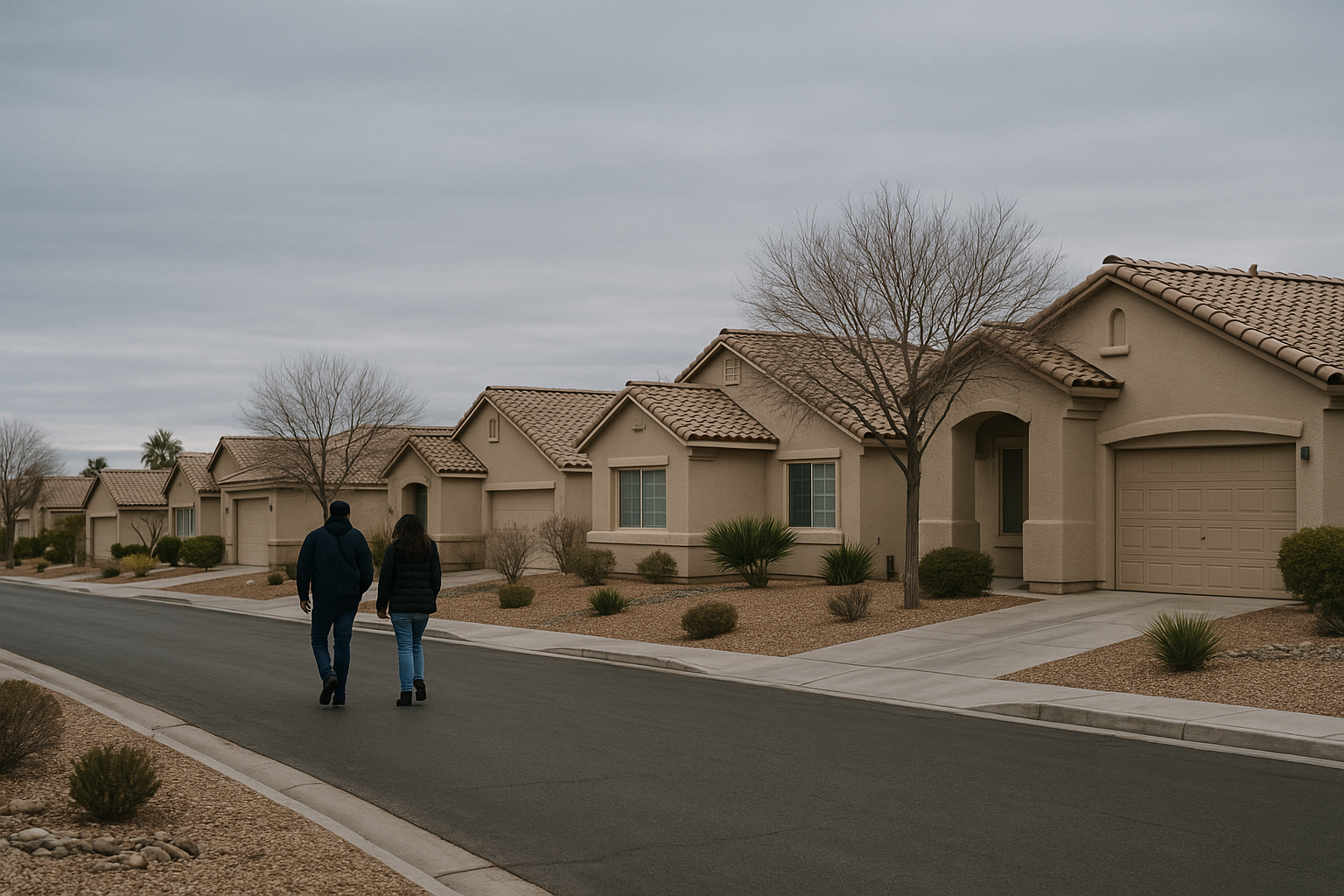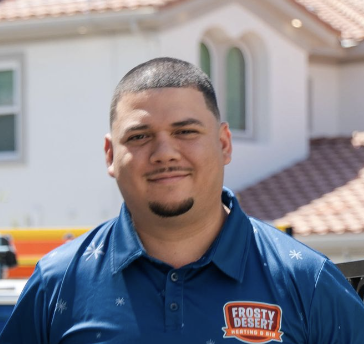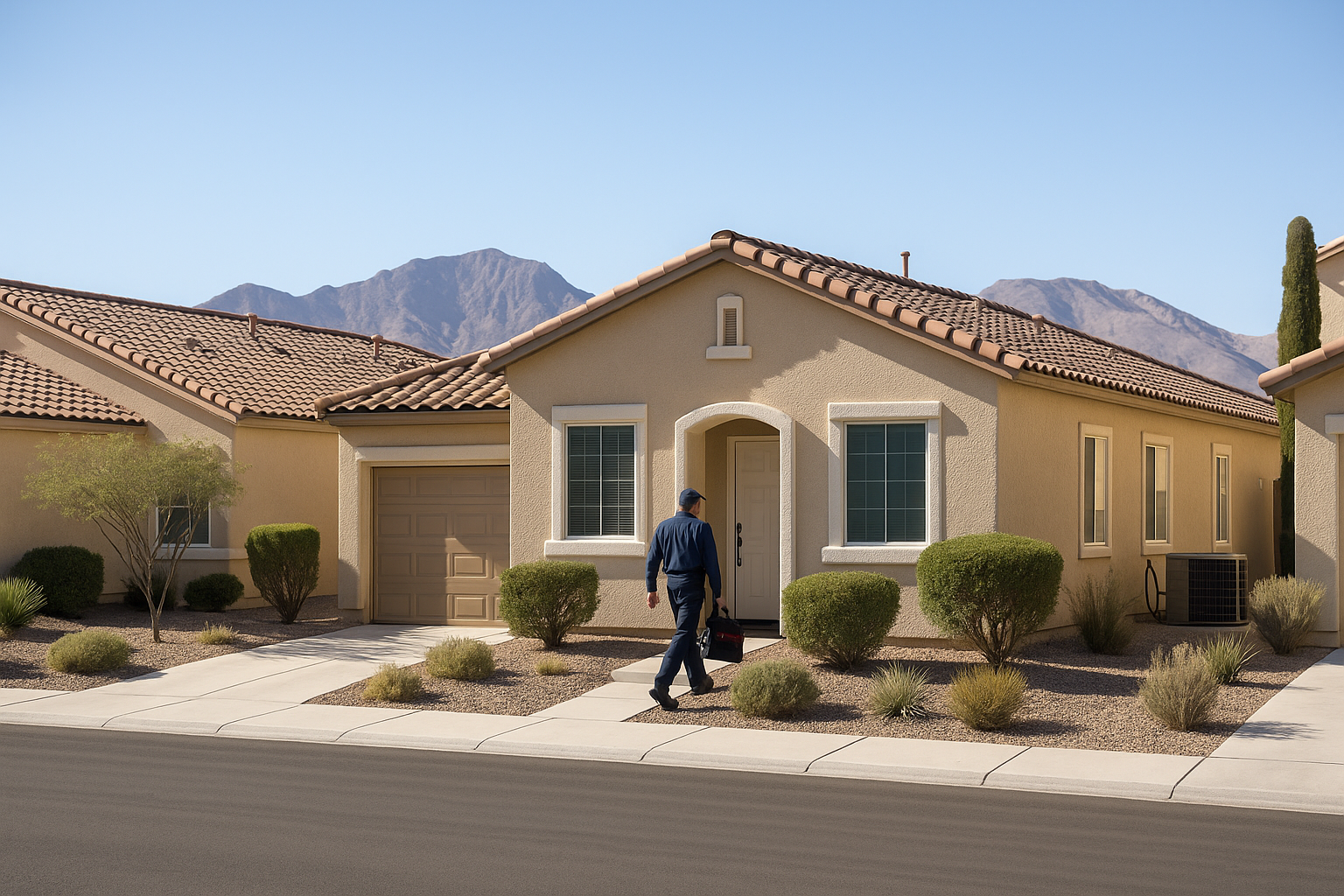Furnace Not Turning On? Step-by-Step Troubleshooting Guide for Homeowners

When Your Furnace Suddenly Stops Working
When the temperature drops, the last thing you want is a furnace that won’t turn on. Whether you hear it click but no heat follows, or it won’t start at all, there’s often a simple cause behind the problem. While complex issues like blower motors or control boards require a professional, many furnace problems can be solved with quick DIY checks.
This guide will walk you through common causes and step-by-step troubleshooting to help you safely restore your heat — or at least identify the issue before calling a technician.
1. Check Your Air Filter
A dirty or clogged air filter is one of the most common reasons a furnace fails to turn on. Restricted airflow causes overheating, which triggers the safety switch to shut down the system.
What to do:
- Turn off the furnace.
- Remove and inspect the filter.
- If it’s dusty, gray, or clogged, replace it with a new one.
💡 Pro Tip: Replace filters every 1–3 months during the heating season. A clean filter can improve system efficiency by 10–15% and prevent overheating shutdowns.
2. Check the Thermostat
It’s easy to overlook thermostat settings — but they control everything.
Quick checks:
- Ensure the thermostat is set to HEAT, not COOL.
- Increase the temperature by 5–10°F to trigger a heating cycle.
- Replace batteries if the display is blank or flickering.
- For hardwired thermostats, check your circuit breaker in case it tripped.
If your thermostat has recently been bumped or reset, it might be sending mixed signals to your furnace. Smart thermostats can also lose Wi-Fi connectivity and fail to send start commands.
3. Confirm Power to the Furnace
Even gas furnaces rely on electricity for ignition and fan operation.
Steps:
- Check that the furnace’s power switch (usually near the unit) is in the ON position.
- Inspect your breaker panel and reset any tripped switches.
- If the breaker trips repeatedly, stop and call a technician — this can signal an electrical fault.
A blown fuse or disconnected wire could be preventing your system from starting.
4. Verify the Gas Supply
If you have a gas furnace, make sure the gas valve leading to the unit is open.
- The handle should be parallel to the gas pipe (that means it’s open).
- If you suspect a gas leak, leave the area immediately and contact your gas provider and a professional HVAC company.
5. Inspect the Pilot Light or Ignitor
Older furnaces use a pilot light, while modern ones use an electronic ignitor.
- If your furnace clicks but doesn’t ignite, the ignitor or flame sensor might be dirty.
- For standing pilot lights, check that it’s lit and burning blue (a yellow flame indicates incomplete combustion).
To clean a dirty flame sensor:
- Turn off gas and electricity.
- Remove the access panel and gently remove the sensor.
- Lightly sand the probe with fine-grain sandpaper.
- Replace it, turn power and gas back on, and test the system.
💡 Repair tip: A faulty ignitor replacement typically costs $150–$350.
6. Inspect the Furnace Access Panel
Some furnaces have a built-in safety feature that prevents them from running if the front panel isn’t securely in place.
- Double-check that the panel is closed properly.
- If it’s loose or misaligned, the furnace won’t start.
7. Make Sure the Vents and Registers Are Open
If your furnace runs but the house still feels cold, check that your supply vents are open and unobstructed.
- Move furniture, rugs, or boxes blocking vents.
- Keep at least 6 feet of clearance around your furnace for airflow.
Closed or blocked vents increase pressure in your duct system and can cause overheating or short cycling.
8. Check the Circuit Board and Limit Switch
Modern furnaces use a control board to manage ignition, fan speeds, and safety sensors. If this malfunctions, your furnace may not start at all.
Common signs:
- Furnace light blinking an error code
- Fan runs, but no heat
- Random shutoffs during operation
A faulty limit switch can also stop the system if it detects high internal temperatures. These parts typically require a professional diagnosis and replacement ($150–$400 average repair).
9. Listen for Unusual Noises
Grinding, clicking, or rumbling noises often point to internal issues:
- Grinding → dry motor bearings (needs lubrication)
- Clicking → ignitor or flame sensor issue
- Rumbling or banging → dirty burners or delayed ignition
If you hear these sounds, turn the system off and schedule service. Running the unit could worsen the damage.
10. Check the Burners for Dirt or Rust
Dirty burners reduce heat output and prevent full ignition.
DIY burner cleaning steps:
- Turn off power and gas.
- Remove the combustion chamber panel.
- Use a soft brush or vacuum to remove dust and rust.
- Blow compressed air through burner openings.
- Reassemble and restart.
Regular cleaning keeps your furnace burning efficiently and reduces energy waste.
11. Replace or Clean the Flame Sensor
If your furnace ignites briefly then shuts down, a dirty flame sensor is likely to blame.
This sensor detects the flame during ignition and shuts off gas flow if it doesn’t detect one — a safety feature.
Cleaning it as shown above can often fix the issue without a service call.
12. Check for Overheating or Short Cycling
If your furnace turns on and off repeatedly, it may be short cycling — a symptom of poor airflow or overheating.
- Replace clogged filters.
- Make sure all vents are open.
- If the problem persists, it could be a faulty limit switch or undersized furnace.
Short cycling wastes energy and can shorten your furnace’s lifespan by several years.
13. Watch for a Cracked Heat Exchanger (Safety Warning)
A cracked heat exchanger is serious and potentially dangerous.
It can release carbon monoxide (CO) into your home — an odorless, deadly gas.
Warning signs:
- Unusual smells when the furnace runs
- Soot buildup around vents or on walls
- CO detector alarms
If you suspect a crack, turn off the furnace immediately and call an HVAC technician. Heat exchanger replacement costs range from $800–$1,500, but it’s essential for safety.
14. Maintain Your Furnace Regularly
Prevent future breakdowns by scheduling annual furnace maintenance before the heating season. During a tune-up, technicians will:
- Replace filters
- Check thermostat calibration
- Inspect burners, heat exchanger, and gas valves
- Lubricate motor bearings
- Test all safety controls
Routine tune-ups can reduce breakdowns by up to 95% and extend your system’s life by 5–10 years.
15. Know When to Call a Professional
If you’ve tried the steps above and your furnace still won’t turn on — or you smell gas, hear electrical popping, or see repeated breaker trips — it’s time to call a licensed HVAC technician.
Professionals can test ignition systems, measure gas pressure, and safely handle electrical diagnostics.
A standard furnace service visit costs between $100–$300, and emergency service may be higher — but that’s a small price to pay for restoring heat safely.
Final Thoughts
A furnace that won’t turn on is frustrating, but many causes are easy to fix. Start with simple checks — filter, thermostat, power, and gas — before assuming the worst. With basic maintenance and annual inspections, your furnace will keep your home warm, efficient, and reliable for years to come.




